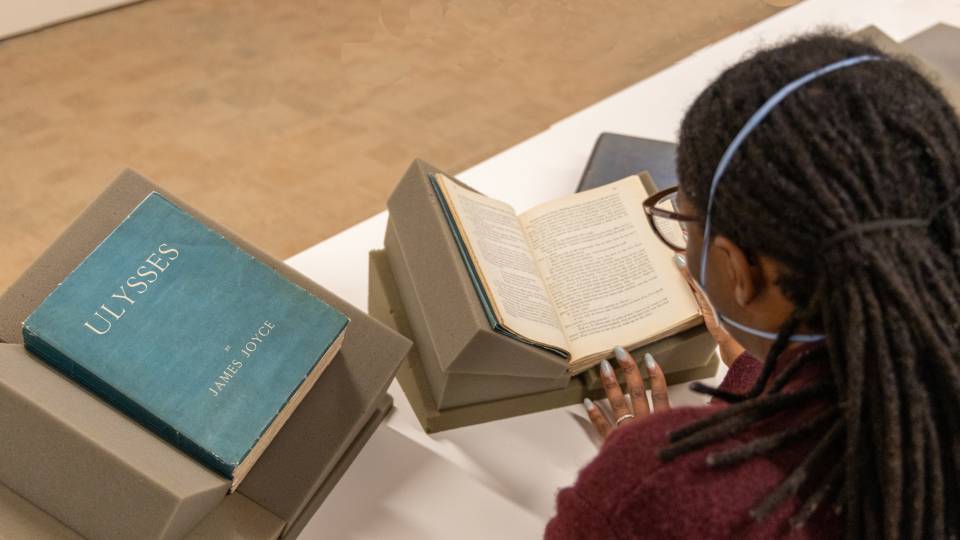In the 19th century, printing technology changed the way readers experienced texts. Today, students and researchers are using digital technology to access historical literary texts in new ways and finding surprising echoes of the past in their own lives.
Meredith Martin, associate professor of English, is director of the Center for Digital Humanities (CDH), which investigates the myriad ways digital methods and technologies are opening new avenues for research into the human experience, past and present. For her own research, CDH built the Princeton Prosody Archive, which contains thousands of works published between 1569 and 1923.
Last spring, Martin co-taught “Virtual Victorians” with English graduate student and CDH graduate fellow Miranda Marraccini. The course explored the explosive print culture of the 19th century through a digital lens.
“Victorian readers were also completely overwhelmed by information, and they were completely overwhelmed with trying to figure out how to evaluate their sources,” said Martin. “We thought, well, this makes a lot of sense as a digital humanities class, because it [allowed] students to see that there are historical antecedents to the information overload that we feel [today].”
By using software that scans millions of digitized texts, students are able to, according to Martin, “answer the kinds of questions that scholars used to spend entire lifetimes trying to figure out.” Not only does this ease of access allow researchers to answer quantitative questions — such as how many times an author uses a certain word in their body of work — it enables them to ask new and different types of questions that consider literature more holistically and "trace ideas through time."
Another advantage of studying Victorian poetry virtually? Students are able to see what a first-edition novel or magazine looks like in its original form.
“Students who are passionate … about Victorian or modernist poetry might not have the opportunity to hold those books or manuscripts, but because of people’s hard, hard work digitizing so many wonderful primary materials, students can sit in my classroom, open up their computer, and they can look at the magazine, where it was published, and then they can compare the way that the spacing in that publication differs from how it was eventually published in a book,” said Martin. “That kind of context brings the poetry to life in a new and different way.”
While digital humanities allows students to study the texts of the past, Martin hopes that the skills they learn using digital humanities methods will allow them to evaluate contemporary sources — like news outlets — more critically, and to create future texts and databases with that context in mind.
“I think Princeton students can really be leaders in this way,” said Martin.





